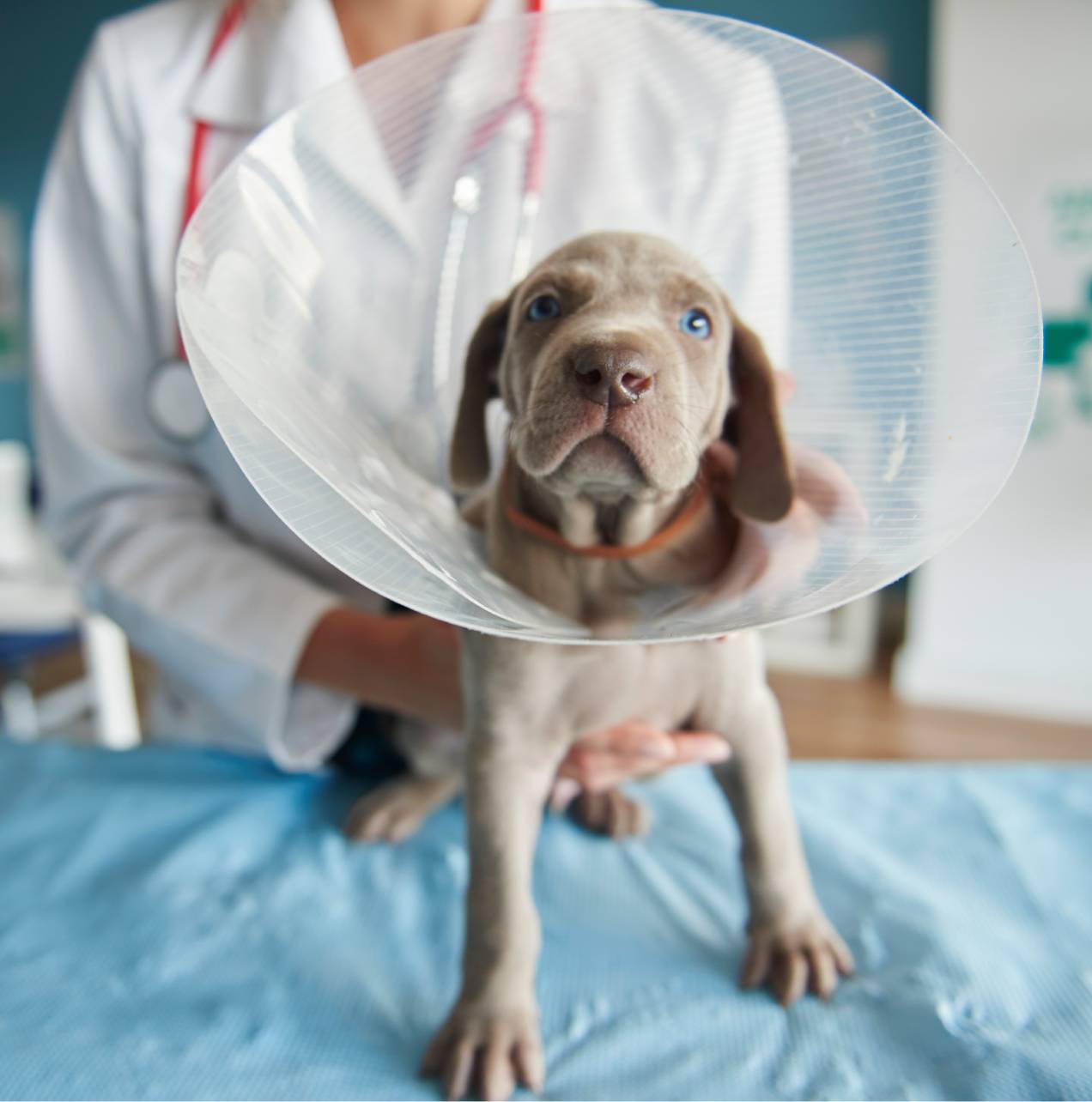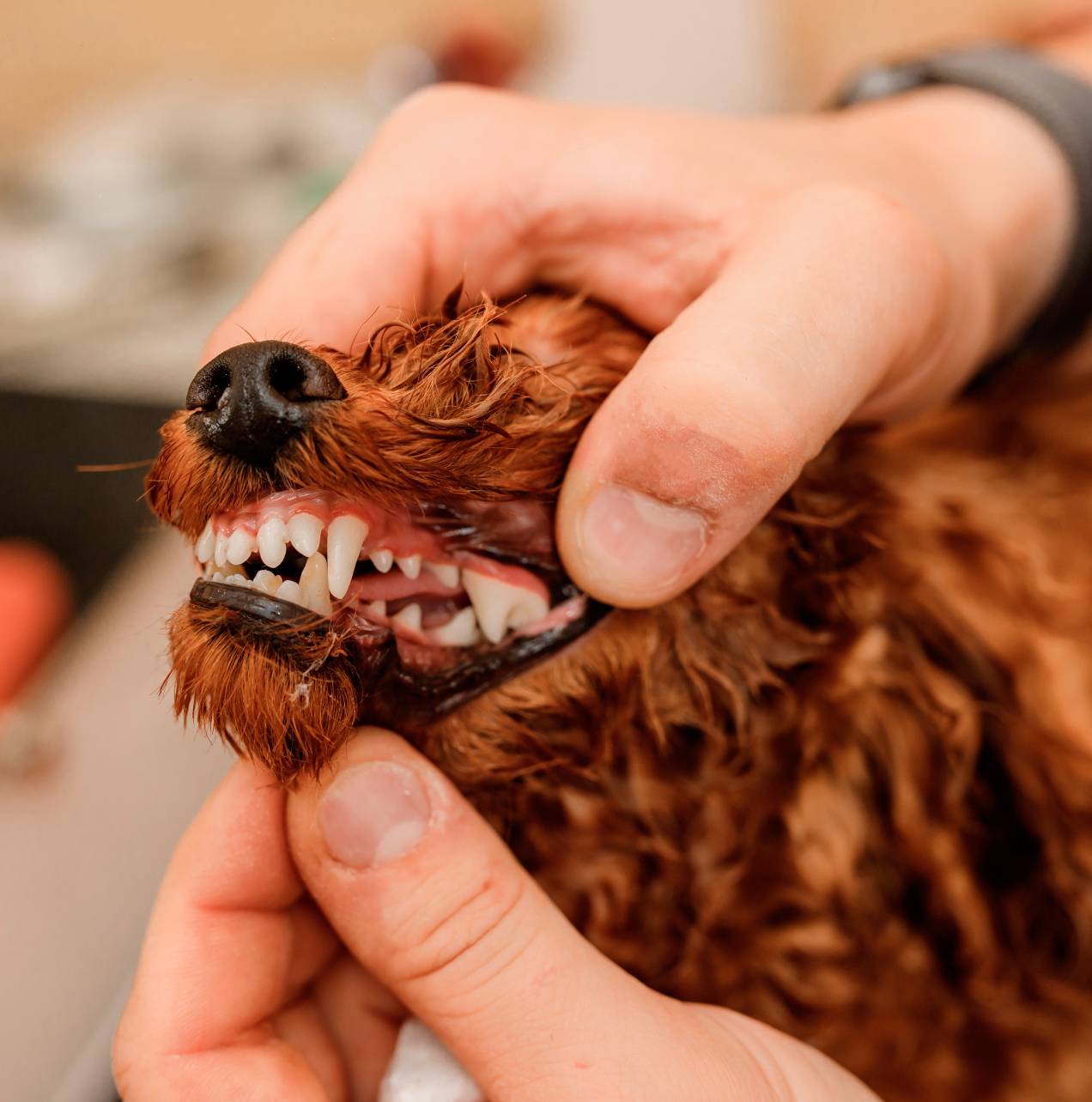West Main Animal Hospital
What to expect after a procedure
We look forward to seeing you and your pet!
URGENT cARE
If your pet has an urgent medical need, please call us for faster service. We offer limited same-day appointments and urgent care services.
What to expect after surgery
- EDIET: Your pet's appetite may not return to normal for 24-48 hours. If your pet is hungry, feed small servings over a period of a few hours to help prevent vomiting. Water may be offered at the same intervals.
- EACTIVITY: Restrict exercise-no running, jumping, climbing of stairs, bathing or swimming or for 7-10 days. Dogs: Leash walks only for 7-10 days. Cats: Keep inside until fully healed
- EINCISION: Watch incision for swelling, redness, or drainage. Apply nothing to the incision unless directed by the doctor. Prevent excessive licking with a cone collar.
- EPAIN CONTROL MEDICATION: Call us if your pet appears uncomfortable. We may need to prescribe further pain medication.
- EMEDICATIONS: Give medications as directed!
- EANESTHESIA: Some pets may still feel the effects of anesthesia at time of discharge. They may appear drowsy and lack luster for 12-24 hours. To be sure your pet is recovering appropriately check the gums for "pinkness". Pale or blue gums could warrante a recheck. If you are concerned, call our office or the emergency service for advice.
- ENOTIFY THE CLINIC IF ANY OF THE FOLLOWING OCCURS: Refusal to drink water for more than one day or loss of appetite for more than 2 days Severe depression or weakness or pain Persistent (over 24 hours) or profuse vomiting. Diarrhea.
What to expect after an oral procedure
- EWe commit to doing all we can to ensure your pet will feel comfortable after surgery, and will send home any appropriate pain medications or antibiotics required to make them feel comfortable during their recovery.
- EYou can remove the small bandage on their leg when you get home.
- EYour pet may be quieter than normal for one to three days following their procedure.
- EYou may notice your pet might be a tad clingier, withdrawn, or "just not themselves" for one to three days.
- EThere may be mild facial swelling, which peaks around 24 hours. This usually resolves within a week.
- EMost patients urinate more post-procedure for 24 hours due to the anesthesia and fluids that were given, so more bathroom breaks may be helpful. Bowel movements can take a few days, as part of normal post-procedure recovery from medications may slow your pet’s digestive processes.
- EInfections are uncommon but if you notice a foul odor or soft cough, call our office and chat about it with our veterinary support team.
- EYour pet’s activity level may lessen post-procedure; please restrict strenuous exercise for the first two to three days.
- EPlease refrain from giving your pet chew toys, and be careful to allow time for all wounds to heal. It is best to hold off on giving any toys too hard for teeth to chew post-procedure.
- EGood news! Most patients return to normal within two to three days. Hang in there and give them lots of love and attention during this time.
- EYou can help your pet recover by following these suggestions: Feed a softened diet for 14 days to help with healing and digestion during this time.
- EDon't allow your pet to paw at their face excessively. We have collars that can help with this in our clinic if needed during the healing period.
- EBegin a healthy regimen for oral care as soon as possible post-procedure. Ask our team for more details on oral health and wellness.
- ESee us for all follow-up visits to ensure your pet’s recovery is going smoothly; our team is here for any support needed. If you have any concerns, please call us immediately. You can reach us by phone at (541) 282-9811. If your concerns are urgent and after hours, you can reach the Southern Oregon Veterinary Specialty Center at (541) 282-7711.


